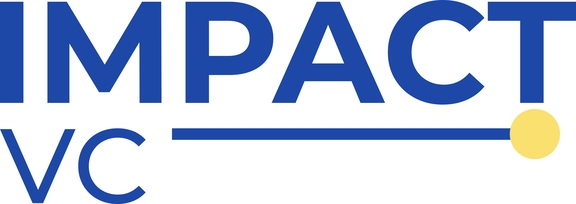Impact measurement
Impact measurement in venture can be challenging, given limited resources in early-stage companies and the high degree of ambiguity in a venture's scaling journey. Despite this, measurement can be hugely valuable through providing accountability, generating insights for product development and accelerating customer acquisition.
Given this, it's important to focus on value-add and proportionality while trying to maintain rigour. We comment on approaches in both social and environmental impact below.
It's important to note that many investors also include ESG measurement as part of this process. While important, we do not cover this here, as there are other resources that do an excellent job of this already.
Measuring social impact
There are no well-established impact measurement frameworks for social impact in early-stage venture, and so we have put something together based on our experience. Our suggested approach starts as light as possible, and adds levels of sophistication as the venture progresses. At pre-seed/seed the focus is on impact intentions and ambitions, and over time this shifts to outcomes achieved. Best practice would be to articulate a measurement plan at the point of investment, even if certain KPIs can't be measured straightaway. This ensures alignment over the direction of travel.
Our framework is meant to be the starting point for a conversation, and so if there is a desire to be more ambitious, founders/investors should think beyond this framework. In general we find following these questions helpful for figuring out what to measure and when:
What proof points are most material to our thesis?
What has already been validated externally?
What is most efficient/value-add to measure (ie unlocks the most value in growing an impactful business)?
How does the above change over time?
What are the key risks we need to monitor? (We don't include anything on risk measurement in our framework below, because these are often unique to each firm. Despite this, understanding risks remains an important part of impact measurement.) See our section on impact risks for more on how to assess these.
See below for our thoughts on social impact measurement in early-stage venture:
Some other resources:
We have put together a simple template that you may want to use or adapt for use with your venture portfolio.
BGV has also put together a comprehensive framework on impact measurement and management for startups.
IRIS+ and the SDG Compass initiatives are looking to standardise impact measurement across impact investing (including environmental impact).
Measuring environmental impact
There has been a lot of work to better measure and standardise environmental impact measurement. Slide 5 from this Project Frame report does a good job of mapping the different initiatives. However, as a report from the Prime Coalition notes, few of these are fit for purpose when it comes to early stage venture (see page 6 in particular).
This is what led the Prime Coalition to develop a proposed methodology for measuring environmental impact in early-stage startups: the Emissions Reduction Potential assessment.
The approach focuses on (see section 4 for more detail):
Understanding the life cycle emissions of the product being developed
Understanding the life cycle emissions of the product being replaced
The net improvement in emissions through one unit sale of the product being developed
A projection of how many units will be sold over time
An estimation of the overall emissions reduction potential
One potential limitation of the approach, is that it focuses on emissions, and environmental impact is broader than emissions (see our section on environmental impact for more information). Investors and startups should use a similar approach to also think about impacts on biodiversity, natural resources, etc.
World Fund has captured how it thinks about environmental impact measurement (or what it calls climate performance potential), which fleshes out a lot of the nuance of doing this at startup level.
As you go on this journey, it might be worth looking at the CRANE platform, a free tool provided by Prime Coalition and Rho Impact to help you save time and money when considering the impact of your work on climate change.
Some other resources:
Planet A's impact assessment process is captured here, including a detailed white paper on its methodology, and a list of its Life Cycle Assessments can be found here.
Last updated
